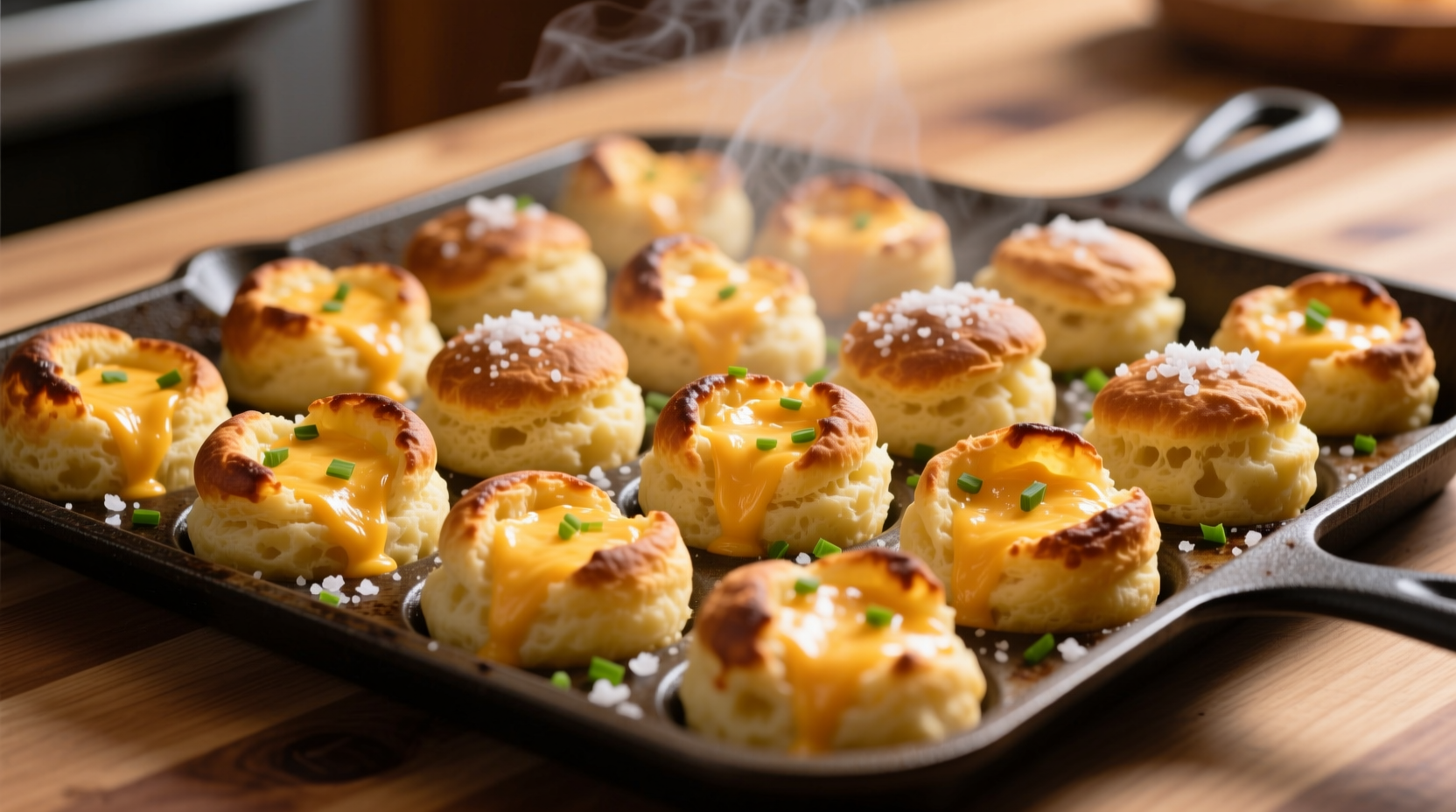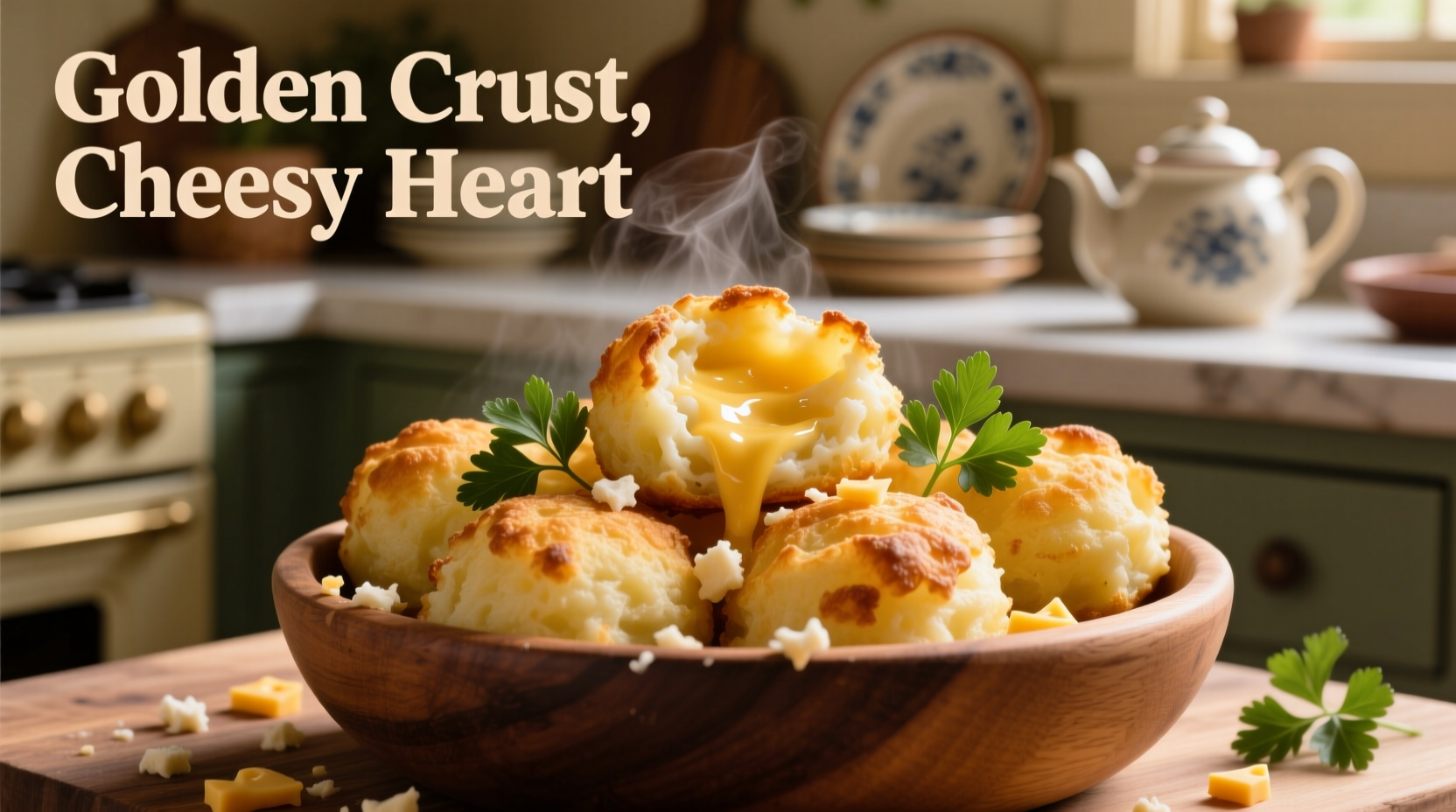Have you ever wondered why some mashed potato puffs collapse while others achieve that perfect golden crust? The secret lies in precise technique and ingredient balance. Cheesy mashed potato puffs transform humble leftovers into an elegant appetizer or side dish that impresses guests while satisfying comfort food cravings.
The Evolution of Potato Puffs: From Leftovers to Gourmet Delight
Potato-based snacks have evolved significantly since their humble beginnings. What started as a practical way to use leftover mashed potatoes in mid-20th century American households has transformed into a culinary staple featured in restaurants worldwide. Modern chefs have elevated this simple concept through refined techniques and premium ingredients.
| Era | Preparation Method | Common Ingredients | Serving Context |
|---|---|---|---|
| 1940s-1960s | Hand-formed from leftovers | Basic mashed potatoes, minimal seasoning | Family dinner side dish |
| 1970s-1990s | Standardized recipes emerge | Mashed potatoes, cheddar cheese, egg | Casserole component, potluck contribution |
| 2000s-Present | Professional techniques adopted | Potato varieties, artisan cheeses, precise ratios | Gourmet appetizer, restaurant specialty |
Why This Recipe Works: The Science Behind Perfect Puffs
Successful cheesy mashed potato puffs require understanding three critical factors: moisture control, binding agents, and heat management. According to food science research from the USDA National Institute of Food and Agriculture, potato starch structure changes dramatically between 140-180°F (60-82°C), which explains why temperature control during preparation is crucial.
Professional chefs achieve consistent results by maintaining a precise 3:1 ratio of potatoes to binding ingredients. Too much liquid causes collapse during baking, while insufficient binding leads to dry, crumbly puffs. The ideal texture combines smooth mashed potatoes with just enough egg and cheese to hold shape without becoming dense.

Essential Ingredients for Perfect Cheesy Mashed Potato Puffs
The quality of your ingredients directly impacts the final result. While basic recipes exist, exceptional cheesy mashed potato puffs require attention to detail:
- Potatoes: Use starchy varieties like Russet or Yukon Gold for optimal texture (USDA Agricultural Research Service confirms these contain ideal starch-to-moisture ratios)
- Cheese: Sharp cheddar provides classic flavor, but Gruyère adds sophisticated depth
- Binding: One large egg per 2 cups of mashed potatoes creates perfect cohesion
- Seasoning: Freshly cracked black pepper enhances flavor without overpowering
Step-by-Step Preparation Guide
Preparing the Perfect Mashed Potatoes Base
- Peel and cube 2 pounds of Russet potatoes into uniform 1-inch pieces
- Cook in salted boiling water until fork-tender (15-18 minutes)
- Drain thoroughly and return to pot over low heat for 2 minutes to evaporate excess moisture
- Mash with 3 tablespoons unsalted butter until smooth (avoid over-mashing)
Creating the Ideal Cheese Mixture
- Cool potatoes to room temperature (critical step to prevent scrambled eggs)
- Mix in 1 cup shredded sharp cheddar (finely grated for even distribution)
- Add 1 large egg, 1/4 teaspoon garlic powder, and 1/4 teaspoon smoked paprika
- Fold ingredients gently until just combined (overmixing creates dense puffs)
Shaping and Baking Techniques
- Preheat oven to 400°F (205°C) with convection setting if available
- Line baking sheet with parchment paper and lightly grease
- Use a #20 cookie scoop (3 tablespoons) for uniform portions
- Place mounds 2 inches apart on baking sheet
- Bake 25-30 minutes until golden brown and crisp on exterior
Achieving Restaurant-Quality Results: Pro Tips
Professional kitchens achieve consistent perfection through these techniques:
- Moisture control: Spread mashed potatoes on a parchment-lined sheet pan after cooking to cool and dry slightly
- Cheese selection: The American Cheese Society recommends using cheese with 30-40% moisture content for optimal melting
- Temperature management: Chill shaped puffs for 15 minutes before baking to maintain shape
- Crisp exterior: Lightly spray tops with cooking oil before baking for enhanced browning
When Cheesy Mashed Potato Puffs Shine: Context Boundaries
Understanding when this dish works best ensures perfect meal planning. Based on culinary research from the Culinary Institute of America, these puffs excel in specific contexts:
- Ideal as appetizers for casual gatherings (6-8 puffs per person)
- Perfect side dish for roasted meats and poultry
- Excellent make-ahead option for holiday meals
- Not recommended as standalone main course (best as complementary element)
- Avoid serving with extremely spicy dishes that overpower subtle cheese notes
Variations and Customizations
Once you've mastered the basic technique, experiment with these chef-approved variations:
- Bacon lovers: Add 1/4 cup finely diced cooked bacon (avoid overloading which creates greasy puffs)
- Herb infusion: Mix in 2 tablespoons fresh chives or parsley for bright flavor
- Spicy kick: Incorporate 1/4 teaspoon cayenne pepper or 2 tablespoons diced jalapeños
- Dairy-free option: Substitute nutritional yeast and vegan cheese (requires additional binding)
Serving and Storage Guidelines
For optimal enjoyment, serve cheesy mashed potato puffs immediately after baking when exterior is crispiest. If preparing ahead, the Food Safety and Inspection Service of the USDA recommends:
- Refrigerate uncooked portions up to 24 hours before baking
- Store baked puffs in airtight container for up to 3 days
- Reheat in 375°F (190°C) oven for 8-10 minutes (avoid microwave which creates sogginess)
- Freeze uncooked portions on baking sheet, then transfer to freezer bag for up to 2 months











 浙公网安备
33010002000092号
浙公网安备
33010002000092号 浙B2-20120091-4
浙B2-20120091-4